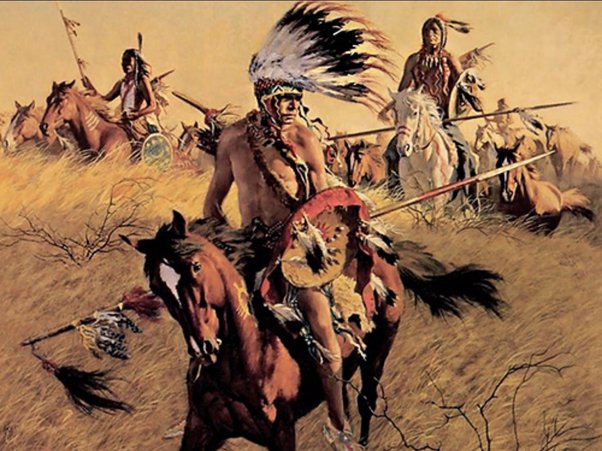
The Deadliest Native American Tribes in History: A Closer Look
Introduction
The history of Native American tribes is as diverse as the land they once inhabited, spanning centuries and encompassing a wide array of cultures. While many tribes are celebrated for their contributions to art, culture, and peaceful coexistence with nature, there were periods of conflict and unrest among some that led to a reputation for being formidable warriors. In this article, we’ll explore some of the deadliest Native American tribes in history, shedding light on their unique histories and legacies.
1. The Comanche Tribe
Background: The Comanche, often regarded as one of the most feared Native American tribes, originated from the Great Basin region. They were nomadic people who eventually migrated to the Southern Plains, where they became skilled horseback riders.
Deadliness Factor: The Comanche were renowned for their exceptional horsemanship and deadly raiding tactics. They mastered the art of guerrilla warfare and were highly effective in battles.
Legacy: The Comanche are remembered as fierce warriors, but their culture and language are also significant aspects of their legacy. Today, they are recognized for their contribution to Native American history.
2. The Apache Tribe
Background: The Apache people are native to the Southwestern United States. They are known for their resilience and adaptability in harsh desert environments.
Deadliness Factor: The Apache were known for their expert marksmanship, and their ability to fight and survive in challenging terrains made them formidable opponents. Their resistance against Mexican and American forces in the Apache Wars is legendary.
Legacy: The Apache left a lasting impact on American history through their struggles and ability to maintain their cultural heritage despite adversity.
3. The Lakota Sioux Tribe
Background: The Lakota Sioux were part of the Great Sioux Nation, which roamed across the Northern Plains. They are well-known for their strong warrior culture.
Deadliness Factor: The Lakota Sioux were skilled hunters and warriors who defended their territory fiercely. They played a significant role in the defeat of General Custer at the Battle of Little Bighorn.
Legacy: Today, the Lakota Sioux continue to maintain their cultural traditions and sovereignty, making them an integral part of Native American heritage.
4. The Iroquois Confederacy
Background: The Iroquois Confederacy, also known as the Haudenosaunee, consisted of several Native American tribes in the Northeastern United States. They were known for their sophisticated political structure.
Deadliness Factor: While the Iroquois Confederacy was not known for warlike tendencies, their military strategies and alliances with European powers allowed them to exert significant influence during the colonial period.
Legacy: The Iroquois Confederacy’s political structure served as an inspiration for the framers of the United States Constitution. They continue to play an important role in Native American politics.
Conclusion
The history of Native American tribes is multifaceted, encompassing a wide range of cultures, traditions, and, at times, conflicts. While the tribes mentioned here are often highlighted for their military prowess, it’s essential to remember that their legacies extend beyond their martial achievements. They contributed significantly to the rich tapestry of Native American history and continue to influence the cultural landscape of the United States.







